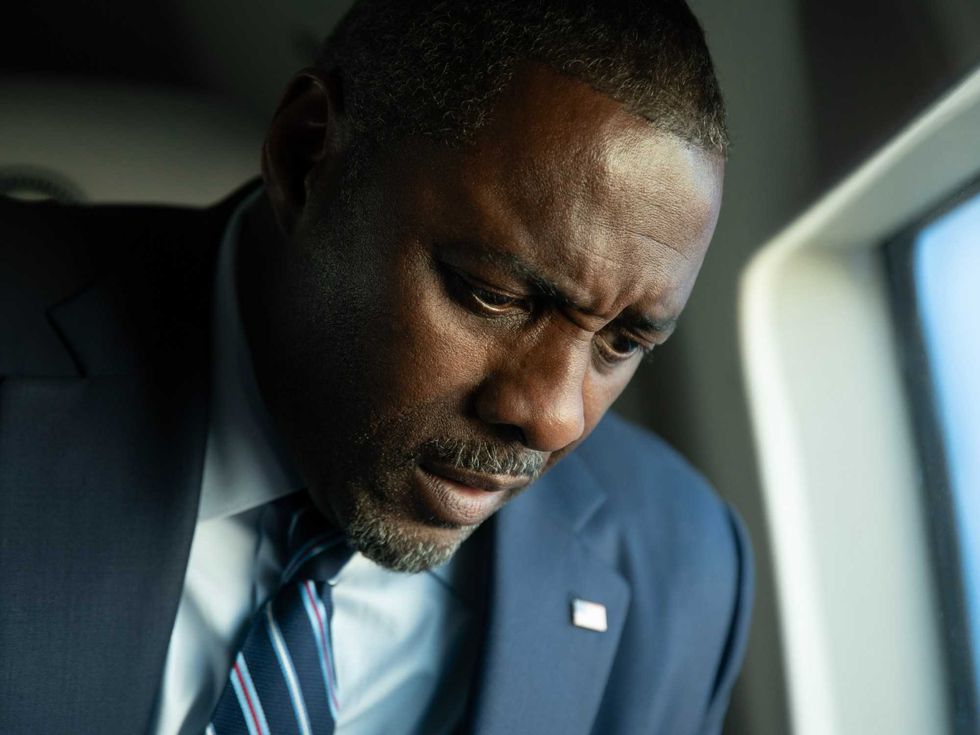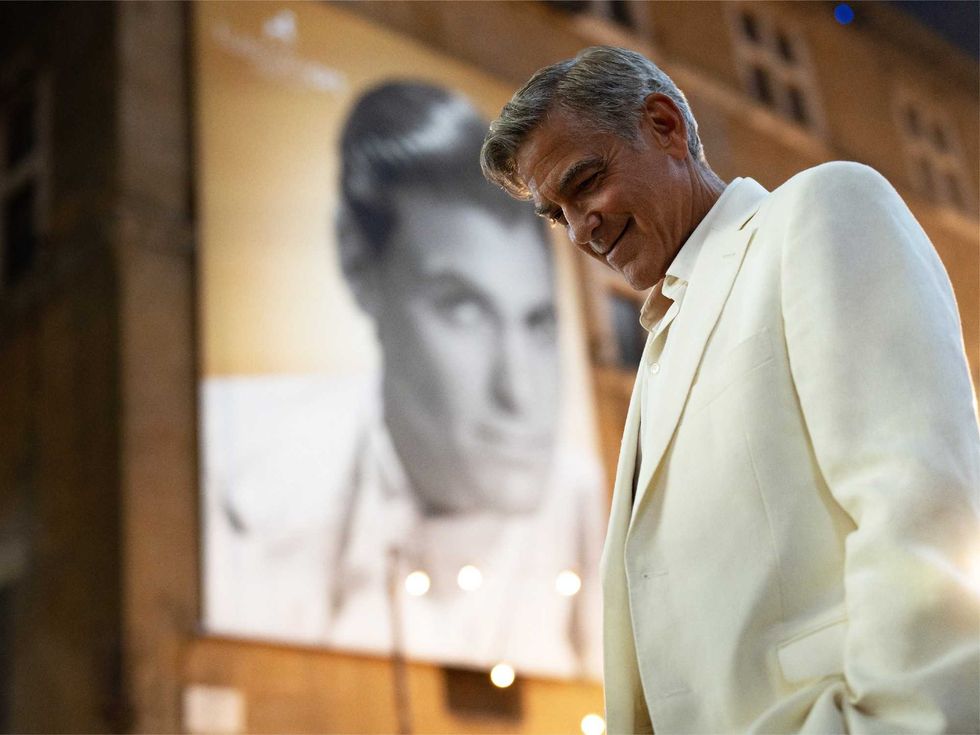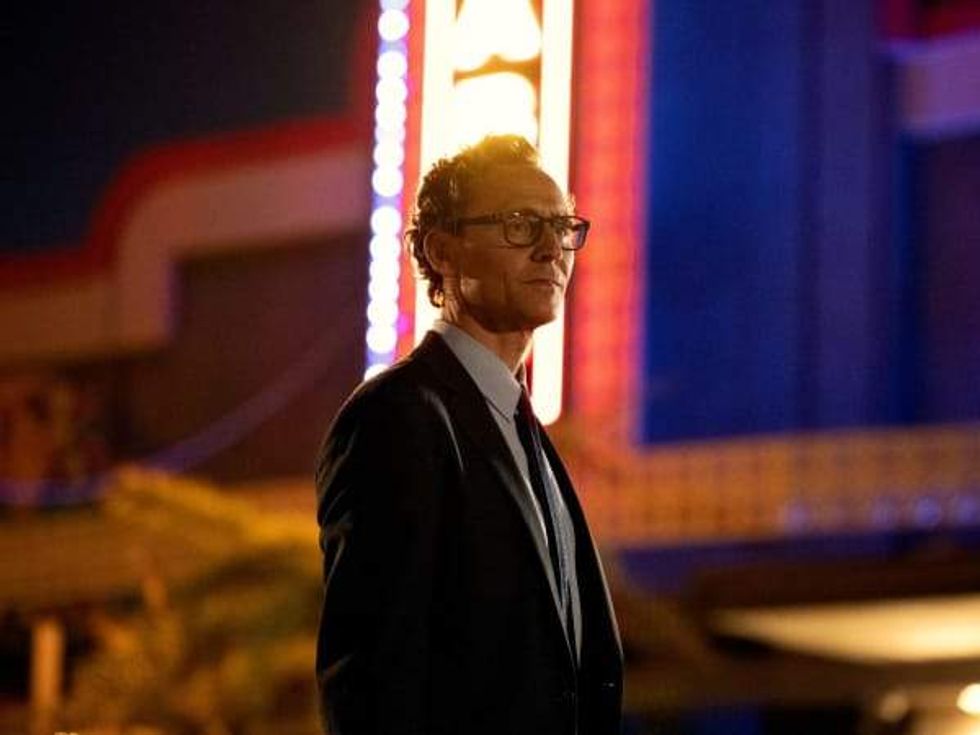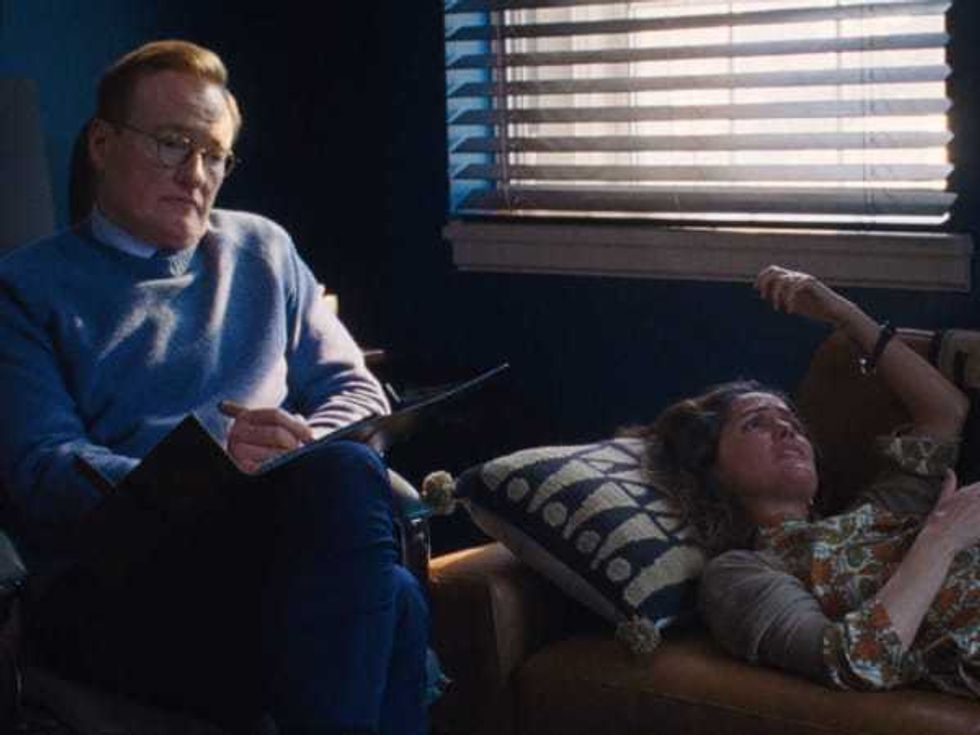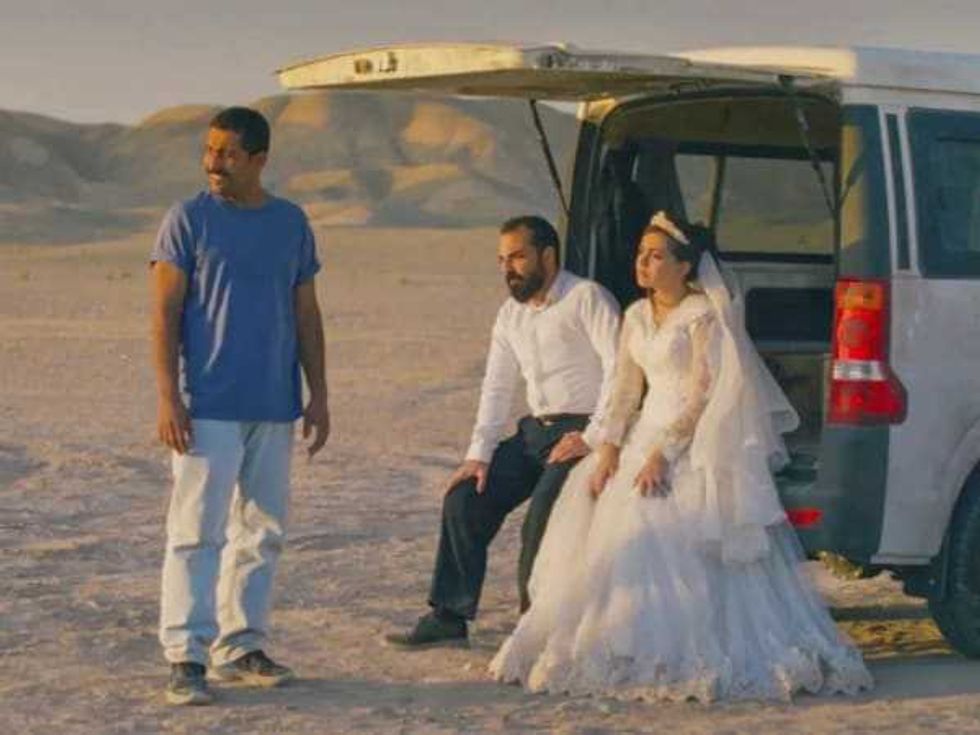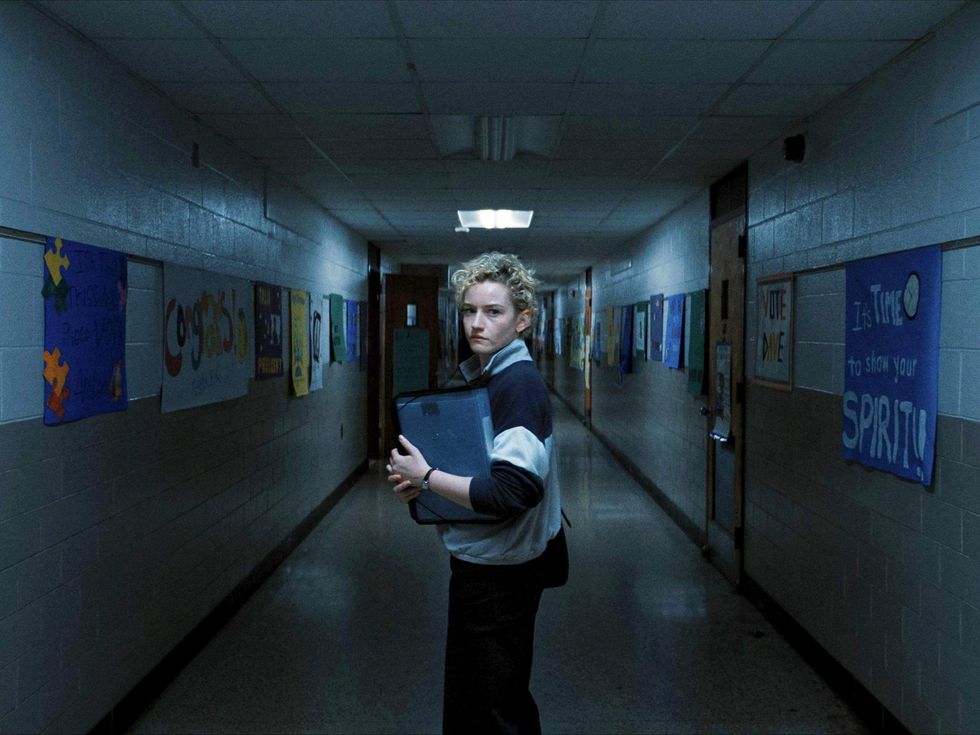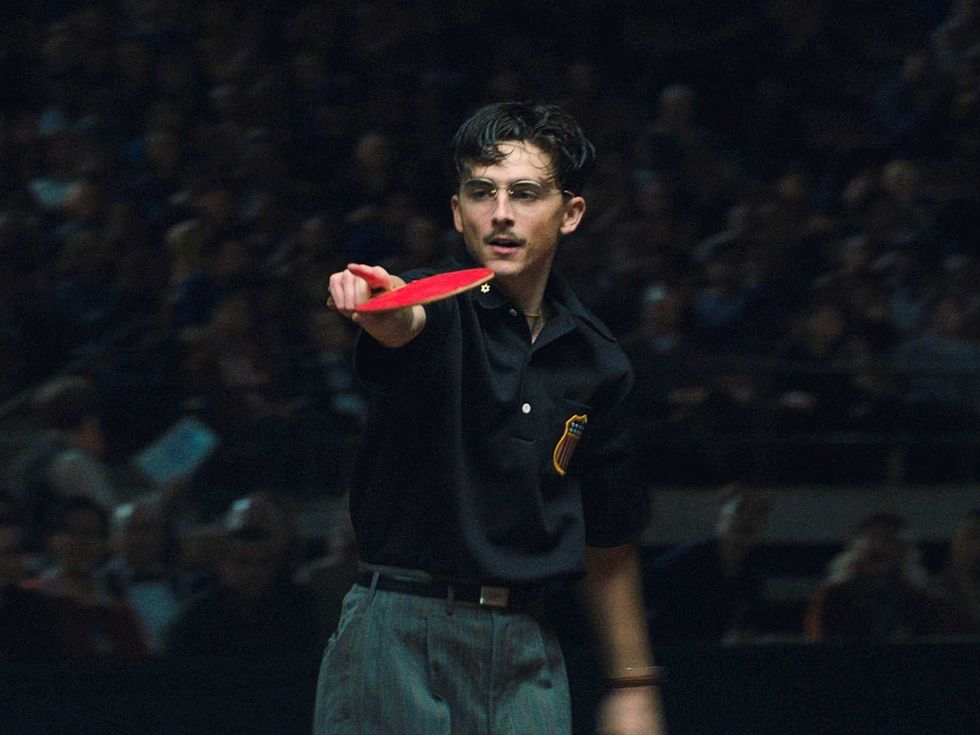Opens Friday Night with Tony Trio
A theater Dream Team re-imagines Madame Butterfly for Houston Grand Opera: Notelescope, no rules
 Ana Maria Martinez as Cio Cio San, left, with Trevor Casey as the child whosename means sorrow and Lucy Schaufer as Suzuki in Madame Butterfly.Photo by Felix Sanchez
Ana Maria Martinez as Cio Cio San, left, with Trevor Casey as the child whosename means sorrow and Lucy Schaufer as Suzuki in Madame Butterfly.Photo by Felix Sanchez Jospeh Calleja as Pinkerton and Ana Maria Martinez as Cio Cio SanPhoto by Felix Sanchez
Jospeh Calleja as Pinkerton and Ana Maria Martinez as Cio Cio SanPhoto by Felix Sanchez Lucy Schaufer as Suzuki and Ana Maria Martinez as Cio Cio San.Photo by Felix Sanchez
Lucy Schaufer as Suzuki and Ana Maria Martinez as Cio Cio San.Photo by Felix Sanchez Director Michael Grandage is part of a dream team that already cleaned up at theTony Awards for "Red."
Director Michael Grandage is part of a dream team that already cleaned up at theTony Awards for "Red." The production has been so popular that it's already added one extraperformance.
The production has been so popular that it's already added one extraperformance.
Dream teams aren’t just for sports. The arts, too, benefit from great collaborations: Merce Cunningham and John Cage, Robert Wilson and Philip Glass come to mind.
Houston Grand Opera’s eagerly anticipated season opener, Giacomo Puccini’s Madame Butterfly, reaps the benefits of just such a celebrated team in director Michael Grandage, costume designer Christopher Oram, and lighting designer Neil Austin. Having garnered Olivier and Drama desk awards for a range of canonical greats, Grandage, Oram, and Austin are also freshly-minted Tony Award-winners for their production of John Logan’s Red, a two-man play about Mark Rothko.
This team's Madame Butterfly opens Friday night and now runs through Nov. 11 (with an additional performance already added because of the ticket demand).
While the beauty of Puccini’s opera is undeniable, Madame Butterfly poses the challenge of making relevant, not to mention palatable, a work whose plot might seem questionable at best. Madame Butterfly centers on the devotion of a Japanese woman, Cio-Cio San, to an American sailor, Pinkerton, who seduces, impregnates and abandons her.
He returns near the end of the opera after Cio-Cio San has taken her own life and his new American wife Kate has claimed Pinkerton’s child with Cio-Cio San. No wonder the son’s name, Dolore, means sadness.
Madame Butterfly has a devoted following, and opera lovers can be stubbornly attached to their own fantasy opera world populated by favorite performers and productions. This would be daunting for anyone first approaching the opera. Luckily, these collaborators thrive in the presence of theatrical and historical icons: William Shakespeare and Tennessee Williams, Rothko and King Louis 16th, Billy Budd and now Madame Butterfly.
So how does a director make a familiar and beloved work fresh and relevant to new audiences? For Grandage, the answer is simple, if not easy.
"You try not to look over your shoulder at the past,” he said. “If you start to consider the magnitude of these works, you could frankly not get out of bed and come to work.”
As an experienced and lauded director of Shakespeare, Grandage knows this problem well. But after all, he reminds, “Even King Lear was a new play once.”
The trick, he explained, is to treat the opera as a new work.
“Sweeping everything aside and imagining Madame Butterfly landed on your desk last Friday” allows for a “liberating way forward," Grandage says. "It makes you investigate the narrative in a very, very simple, clear, clean way, encumbered by anything that has gone before you.”
This approach can cause interesting departures as well as moments of tension. Oram related a particular moment of surprise at a recent rehearsal.
“At some point, somebody whispered to me about when (Butterfly) sees the ship coming to the port,” he said. “It’s an iconic moment usually with a telescope. The reason I was having it whispered to me because we were not having a telescope. A hush went over the room.”
Grandage has another vision of the iconic.
“The abstracted, stylized nature allows us to have three characters looking out to sea. Instead of putting something up to her face, (we observe) the beauty of seeing her lurch forward to see,” he explained.
Of course finding novelty in a classic work also requires gifted performers to discover anew the essence of a role. HGO’s Madame Butterfly has that in Maltese tenor Joseph Calleja, who makes his HGO debut as Pinkerton, and in Grammy-Award winning soprano and HGO veteran Ana María Martínez.
Grandage was particularly keen in his praise for Martínez, who takes her first crack at Cio-Cio San.
“I’ve been coming to the opera for the first time,” he said, “as has Ana María Martínez. The journey we’ve taken together is extraordinary.”
Puccini’s opera debuted in 1904, and clearly, his era’s interest in the newness and strangeness of Japan, is not precisely our own. But as Grandage sees it, what remains is “a huge strong human narrative. You can investigate that with a series of performers who want to tell that story with you.”
Still, the difficulties of cultural specificity remain.
“You do need to create a Japan and take your audience there,” Grandage admitted. “We have a job to create as simply as possible a world that is our Japan, hopefully spare and sparse and beautiful: something that doesn’t patronize and that doesn’t feel old fashioned.”
Part of the process meant interrogating what is rich and problematic about Madame Butterfly. Grandage wanted actors to create “as multilayered a reading as possible (and reveal)“ a lot of different colors contained in each of these portraits.”
Grandage saves a great share of his creative energies for audiences new to Madame Butterfly.
“They will hopefully be the beneficiaries," Grandage said, "because they will hopefully see something in the piece that no one has seen before."

